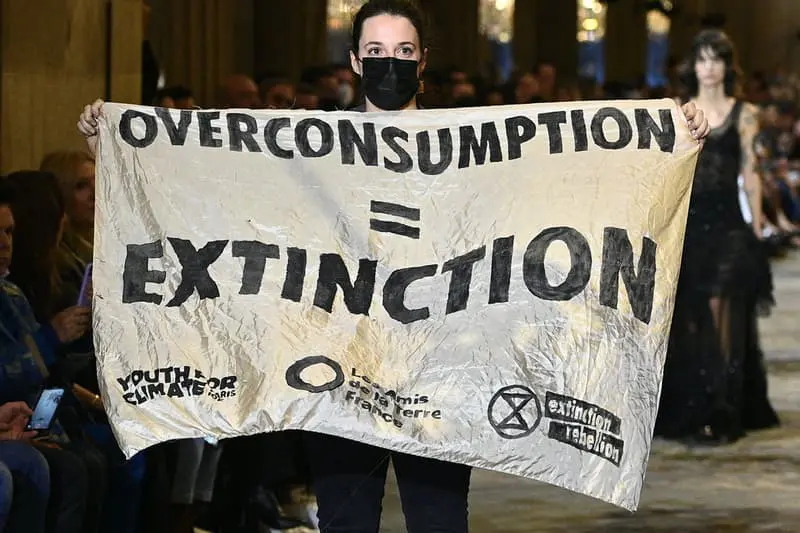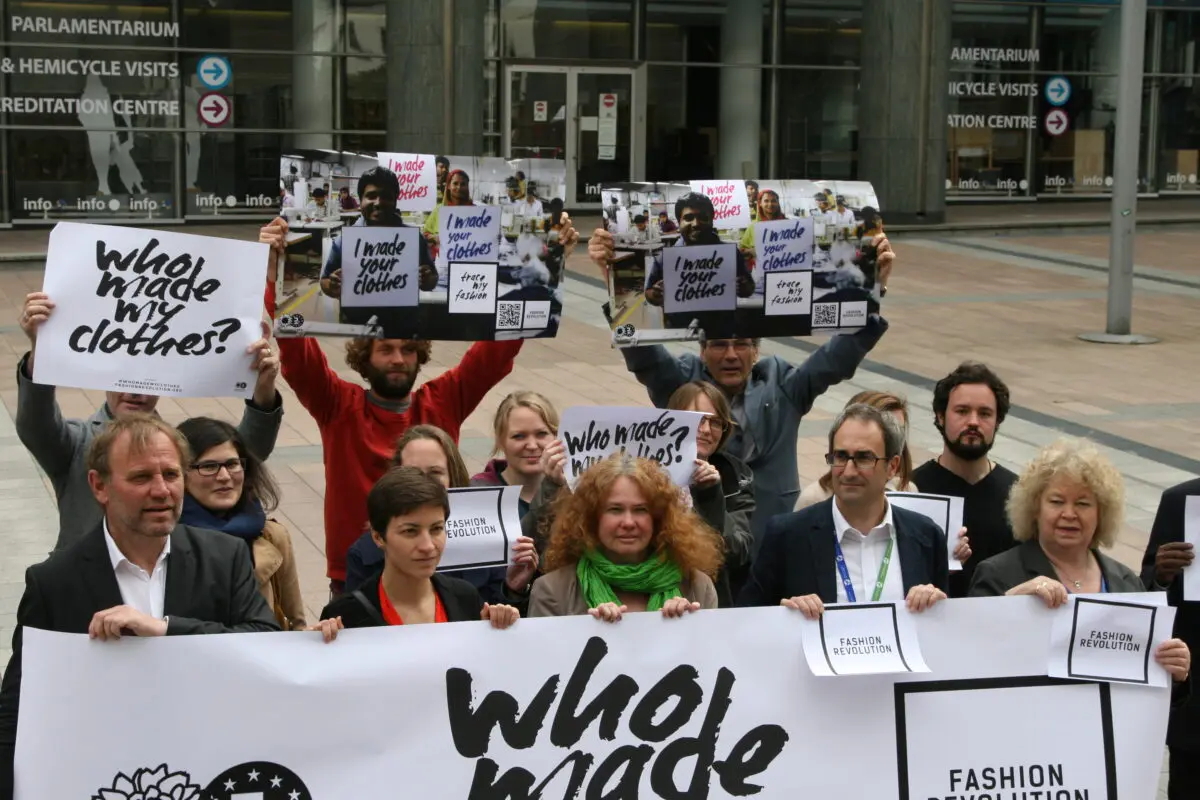Fashion transcends mere clothing; it encapsulates identity, expression, and social commentaries. Over the years, its influence has been felt not just in style but as a harbinger of change. From the suffragettes who wore white to symbolize purity and protest, to modern-day activists donning t-shirts adorned with powerful slogans, clothing can be a revolutionary canvas. This compelling relationship between fashion and rebellion warrants exploration, as it sheds light on how garments can voice dissent, unite communities, and catalyze movements.
In a world where conformity often reigns, the act of wearing something that challenges the status quo is itself a form of activism. Breaking down the barriers of traditional norms, fashion allows individuals and groups to make bold statements. Through exploration, one can see how this dynamic interplay between fashion and activism has significantly shaped cultural landscapes, communicating messages loud and clear without uttering a word.
Historical Context of Fashion as Rebellion
Throughout history, significant movements have utilized fashion as a form of protest. One poignant example is the French Revolution, where the mode of dressing was intertwined with political ideology. The sans-culottes, for instance, rejected the aristocratic breeches, opting instead for long trousers to signify their stance against the elite. This symbol of social class distinction illustrated how clothing choice represented political alignment.
The Suffragette movement in the early 20th century employed fashion as a method of strong visual protest. The white dresses adorned with purple sashes not only made a statement but also garnered attention towards their cause, demanding rights for women. The imagery of these women battling for equality remains an enduring symbol of rebellion today.
Fashion and Social Justice Movements
Fast forward to the 21st century, and the synergy between fashion and social justice remains potent. The Black Lives Matter movement has seen activists don shirts emblazoned with powerful phrases such as ‘I Can’t Breathe’ or ‘Black Lives Matter.’ These statements, once just words, have transformed into rallying cries that resonate globally. In various instances, the choice of wardrobe turns everyday attire into a medium of collective misery and rebellion against systemic oppression.
Streetwear brands have frequently aligned themselves with such movements, using their platforms to amplify voices and increase visibility. Through collaborations and collections directly addressing social issues, they not only raise funds but also create a community of advocates who challenge prevailing narratives through fashion.

The Rise of Customised Fashion
In recent years, the rise of customized fashion has further empowered individuals to express their beliefs and identities. Brands offering bespoke items allow wearers to project their messages directly, tapping into personal style to make public political statements. For instance, customizing clothing with a chosen slogan or a unique design creates a direct line to personal activism.
The ‘cancel culture’ and various political movements have influenced creators and manufacturers to embrace this customization. It has become commonplace in many socio-political movements—individuals actively take part in fashion as a means of expressing dissent or championing causes important to them.
One memorable example is the use of the pink pussy hat during the Women’s March in 2017. This simple knitted item became a symbol of protest against misogyny and was embraced worldwide. The mass production and customization of these hats preceded a powerful moment of solidarity that spoke volumes. Customized (bespoke) fashion helps users feel connected to larger movements while also allowing them to incorporate their personal touch.
The Impact of Fashion on Political Discourse
The dialogue surrounding political events frequently extends into public spaces, and fashion plays a significant role in shaping this narrative. Politicians and public figures often utilize fashion as a communication tool to convey their ideologies. For example, the power blazer has become synonymous with female political leaders, lending strength and authority to their presence—symbolizing empowerment against patriarchal norms.
Fashion houses have begun to recognize this impact, with many adopting themes that tackle significant issues like climate change or gender equality in their runway presentations. These shows often include models of diverse backgrounds highlighting that inclusivity remains vital in today’s political climate.
Fashion’s Role in Elections
During election seasons, the relationship between fashion and politics becomes even more pronounced. Candidates often strategically choose their attire to manipulate public perception. A simple LBD (little black dress) could be interpreted as a statement about sophistication and approachability. Similarly, a casual ensemble may convey relatability, especially in grassroots campaigning.
Analysis of such clothing choices reveals how fashion incorporates layers of intention and significance. A well-tailored suit may resonate strength, while vibrant colors could alternatively convey warmth and openness. This interplay shows how fashion becomes an emblem of choice, power, and rebellion.

Clothing as a Symbol of Identity
Fashion is intrinsically tied to identity. Each garment we wear carries an association with our identity, values, beliefs, and even our social circles. Ethnic attire often serves as a reminder of cultural roots, while contemporary fashion trends can signify rebellion against traditional or societal expectations.
The LGBTQ+ community has long utilized fashion as a means of expressing identity and resisting oppression. The rainbow flag, proudly showcased in different clothing styles during Pride events, represents a protest against discrimination and a celebration of diversity. As seen in the recent movements, the community embraces vibrant styles to express themselves boldly, thereby reclaiming spaces often dictated by homogeneity.
Fashion’s transformative power also extends into how individuals challenge preconceived notions of gender. Gender-neutral clothing lines are revolutionizing the industry by advocating for inclusivity and freedom of expression.
The Future of Fashion and Activism
As we look ahead, the synergy between fashion and activism will undoubtedly persist. As fashion democratically evolves, it is becoming more accessible as individuals find new ways to express their voices. The intersection of technology and fashion is already reshaping how individuals engage with clothing as a form of protest. Digital marketing campaigns harnessing social media amplify narratives surrounding various social issues.
Leading the charge are influencers not only endorsing brands but also taking a stand on issues—often revolutionizing what it means to wear a message. Collaborations between brands and advocacy groups continue to blossom, showcasing that fashion can indeed drive social awareness while promoting cultural narratives.
Digital Fashion and the Online Activist Movement
Digital fashion is emerging as an exciting frontier, allowing individuals to express themselves without the physical constraints of traditional garments. Virtual platforms enable people to create and showcase their fashion messages, reaching a broad audience while remaining cost-effective.
Looking at contemporary examples—several fashion brands have leveraged augmented reality to create virtual clothing that supports various causes. These campaigns often aim to create awareness and fundraise, showing that the future of activism in fashion remains vibrant and dynamic. Digital spaces can create conversation, community, and ultimately deliver change, ensuring that the spirit of rebellion endures.

The Role of Fashion in Challenging Norms
Ultimately, fashion has transcended its role as mere clothing to become a potent form of boundary-pushing expression. It invites conversations around culture, equity, and identity while demonstrating that garments can convey power and protest.
As the fabric of society constantly evolves, so too does the language of fashion. By embracing a myriad of voices and perspectives, the future of fashion lies in its ability to challenge norms, provoke discussions, and unite individuals rallied behind a shared purpose. For those looking to join the vibrant community of fashion activists, the journey begins with an understanding of the profound connection between style and purpose.
Source: www.nytimes.com
Hi, I’m Sarah, a 30-year-old journalist with a passion for storytelling and uncovering the truth. I strive to bring important issues to light and connect with my audience through compelling narratives.



